In a bid to boost tourism dollars in Argentina, the government has allowed MasterCard Inc and Visa Inc to start offering travellers an exchange rate that nearly doubles their purchasing power.
Visitors to Argentina have historically been able to get much better exchange rates by swapping dollars for pesos on the black market. But paying with cash has become cumbersome because the government’s largest denomination bill of 1,000 pesos is worth about US$3. That, coupled with inflation galloping toward 100 percent, has left tourists using wads of pesos for everyday purchases.
Argentina is desperate to lure more dollars into its formal economy because it needs greenback reserves to stabilise its currency and avoid another devaluation.
But the black market’s higher exchange rates have made stockpiling difficult — tourists had been deterred from using credit cards in Argentina because they were charged the official exchange rate. Foreign credit card transactions in the country have nosedived from US$250 million a month in previous years to US$30 million a month in 2022, the Central Bank said.
The Central Bank aims to curb that by allowing credit card companies to use exchange rates on purchases made with foreign-issued credit and debit cards that are similar to the black market, which is currently about double the official rate. The initiative started on November 3 and is showing early signs of working, with the Central Bank reporting that MasterCard transactions in Argentina rose 25 percent in the first week.
“It isn’t necessary to come with cash, the credit cards now recognise the differential exchange rate,” Tourism & Sports Minister Matias Lammens said in an email. “The dollars that before helped prop up the informal market today are going to strengthen reserves at the Central Bank.”
This is the latest attempt by Argentina to help its weakening currency by trying to lure more visitors. Earlier this year, the country began allowing foreign tourists to exchange as much as US$5,000 cash for pesos at a more lucrative exchange rate than the official one. In 2021, the capital city of Buenos Aires ran a marketing campaign pitching itself as the best place to work remotely because the peso has lost 89 percent of its value against the dollar since 2018.
Now, holders of foreign-issued cards will be able to get 325 pesos per dollar, compared to the country’s official rate of 173 pesos, though each credit card company is expected to charge a commission below about four percent, Central Bank officials say.
Only time will tell if this experiment will be a long-term solution. Studies have shown that when consumers use credit cards, they often spend more because they worry less about the money being used. But there is also a long established behaviour of visitors to Argentina using cash.
While the measure makes travel more convenient for foreign tourists, it’s part of a growing number of informal or temporary exchanges rates that Argentines have criticised for making an already complex economy even harder to understand and navigate. Argentina has different exchange rates for exports, music concerts and Argentines travelling abroad.
The Central Bank paved the way for companies to use the new rate in November, but it took more time than expected to get companies on board, according to a senior Central Bank official who asked not to be identified to discuss private conversations.
But not all companies are on board. American Express Co still hasn’t implemented the new exchange rate, according to the senior Central Bank official. American Express didn’t respond to an emailed request for comment.
by Patrick Gillespie, Bloomberg











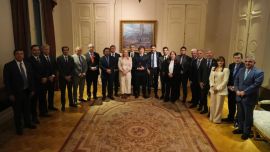

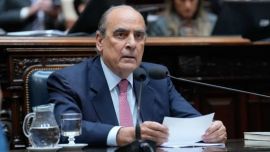
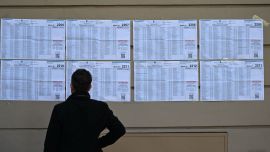

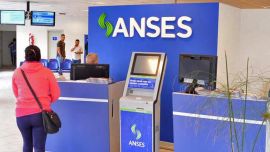


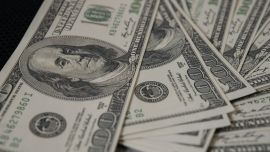
Comments